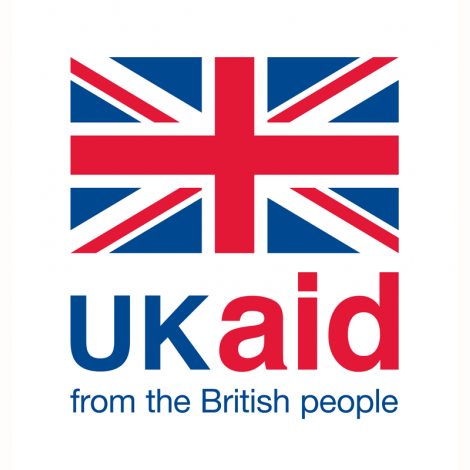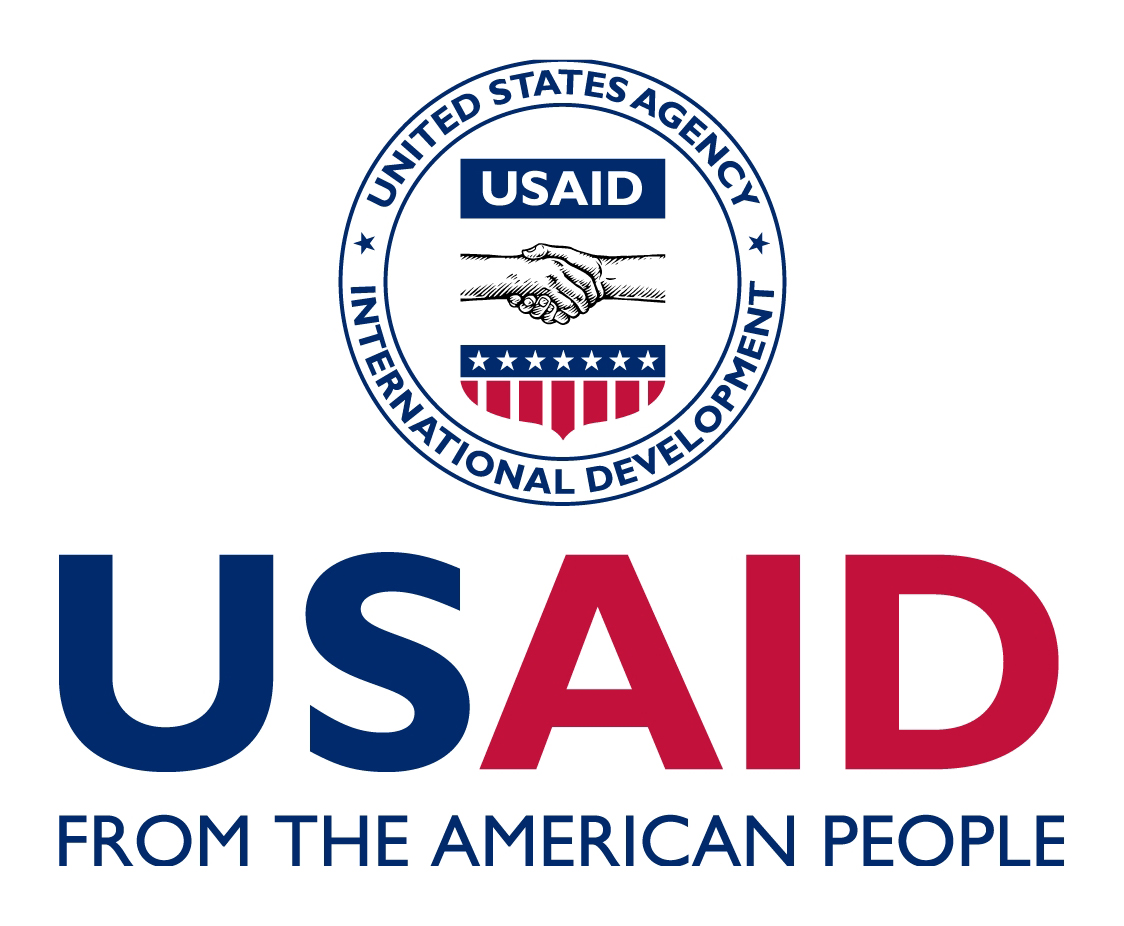Safe Deliveries
Training health staff and providing equipment for safer deliveries.Giving birth in the DRC
The Democratic Republic of Congo (DRC) struggles with some of the highest maternal and infant mortality rates in the world. Maternal mortality is estimated at 730 per 100,000 live births (WHO, 2013), making it a dangerous place to give birth. Infants fare poorly thereafter, with infant mortality standing at 97 per 1,000 live births (MICS 2010) and increasing.
A host of cultural and clinical factors contribute to abysmal maternal and infant mortality statistics. Within the community, women traditionally give birth at home without a trained attendant. Sometimes women fail to access a facility due to lack of funds – either for transport (if any is available) to a facility (often at a distance) or to cover traditional in-kind service fees of food, livestock, soap, etc. Gender norms may also impact prospects for safe delivery, as men traditionally control household funds and may decline to invest in facility-based births.
Those women who do access facilities may experience less than optimal care. Staff present during delivery often works under trying conditions, without clean water, electricity, lighting, and proper sanitation and ventilation. Basic delivery supplies – including gloves, stethoscopes, and resuscitation equipment – are often lacking. Providers themselves, or those trained sufficiently to be effective, may also be in short supply.
IMA has seen these challenges up close in its own work. While skilled birth attendance is increasing overall, it remains stubbornly static in some areas. A recent in-depth assessment of lagging communities surfaced some of the same challenges previously identified. The poor state of health facilities, equipment, and supplies available deters many women from giving birth at health facilities. The lack of recovery rooms and beds was one frequently cited barrier. In addition, certain social norms and customs – such as preferring to give birth with a female traditional birth attendant rather than a male nurse or doctor – also impact the uptake of facility-based births.
2,232,578
births were attended by skilled health personnel at health facilities supported by ASSP and ASSR’s project activities
Our Approach to providing safer deliveries
To improve safe deliveries and promote reproductive and maternal health and the use of RH services, IMA has piloted a number of strategies, including distribution of birth kits for mothers and newborns, advocacy and awareness-raising campaigns, and other community-based interventions aimed at promoting safe deliveries and the value of healthy timing and spacing of pregnancy, as well as renovation and construction of health facilities.
100% of expected births were attended by a skilled attendant in the last year of ASSP
ASSP was successful in reducing maternal and neonatal mortality as a leading contribution to improved primary health care in its 52 health zones. Specifically, ASSP has facilitated 1,848,043 million deliveries with a skilled birth attendant, increasing delivery coverage from 62% to 80%. Remarkably, in Year 5, 100% of expected births were attended by a skilled attendant. To achieve this, the project has:
1. Improved geographical accessibility of maternal and newborn health services.
2. Improved availability and quality of maternal and newborn health services.
3. Promoted the use of maternal and neonatal health services.
Continued success for safe deliveries during ASSR
During the second quarter of the ASSR project, 94,174 births were attended by a skilled birth attendant in health facilities supported by ASSR. This represents 96% of the expected number of births and 100% of the project’s quarterly target.
Key Achievements
EmNOC
While not all facilities are currently able to conduct caesarian sections or safe blood transfusions, the project is distributing C-section surgery kits and safe blood transfusion kits as part of equipment and supplies provisions to help upgrade the facilities from EmNOC to C-EmONC.
building capacity
ASSP has financed over 200 nurses to get a university-level degree in midwifery, an area of expertise lacking in the health workforce in Congo.
2,232,578 Safe Deliveries
More than 2 million women have delivered with skilled birth attendants due to the combined efforts of ASSP and ASSR’s activities.
safe delivery app
A study conducted in partnership with the Medical University of South Carolina, IMA World Health, and Pathfinder International concluded that the use of the Safe Delivery App supported increased health worker knowledge and self-confidence in the management of obstetric and newborn emergencies after 3 months. SDA and mLearning were found to be feasible and acceptable to health workers and key stakeholders in the DRC (download full article).
ROUTINE DATA
Real-time data sourced from the DHIS2 data management system on the number of children who completed the nutrition program in ASSP-assisted health areas from 2014 to 2018.
DHIS2
Learn more about how ASSP helped the MOH improve routine health data by implementing DHIS2 in its health zones and beyond.
read more about our work to make giving birth safer in the drc
Publications

Safe Deliveries
mLearning in the Democratic Republic of the Congo: A Mixed-Methods Feasibility and Pilot Cluster Randomized Trial Using the Safe Delivery App- December 2018 (English version) (version française)
ASSP Overview Brochure – September 2019 (English version) (version française)
No Results Found
The page you requested could not be found. Try refining your search, or use the navigation above to locate the post.
QUICK CONTACTS
Recent Posts
ASSP Empowers Health Zones In DR Congo
Perched on the southern banks of the Ubangi and Uele rivers at the border of the Central African Republic lies the town of Yakoma. At the main general hospital, Hôpital Général de Référence de Yakoma, the Access to Primary Health Care project, known locally as ASSP,...
159 community hotline calls from July to September 2017
The Hotline has received 159 calls since January 2017. As the chart at right shows, half of the calls related to medicines, with Infrastructure, Materials, Tariffs and Theft each representing around 10% of calls. An analysis of data indicates that the number of calls...
Couple Years Protection
Since the start of the project, ASSP has achieved 944,870 number of couple years of protection (CYPs) through family planning service provision, enabling families to exercise choice in planning their families and spacing births. CYP is the estimated protection...


